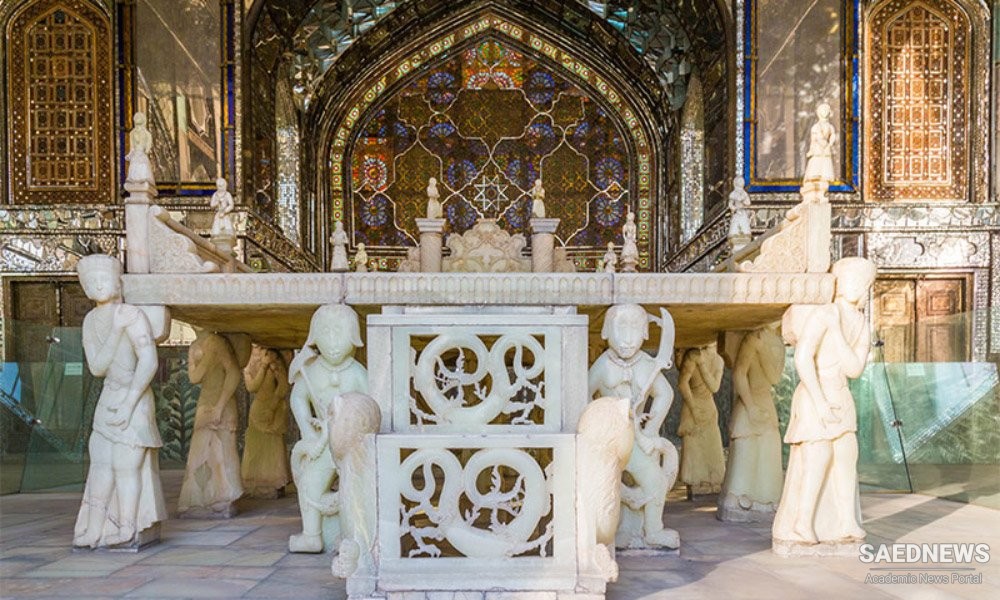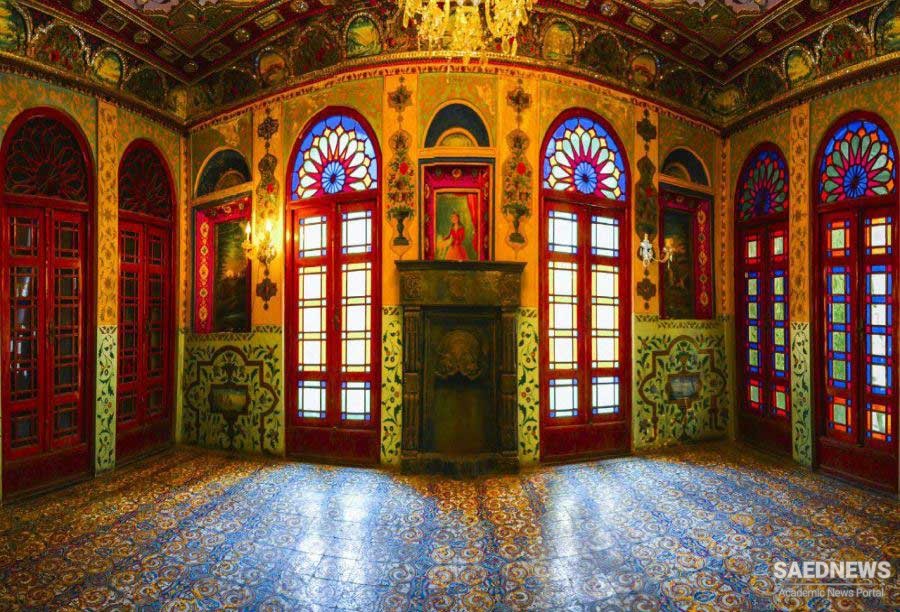It is the highlight of capital and it receives many Iranian and foreign visitors on a daily basis. The palace sits in a region initially called Tehran Arg that was the city’s northern border and gateway during the Qajar era, which is a good measure to find how much the city has expanded since then. The palace was established during Safavid era and the next dynasties added to this structure. Today the complex consists of 17 palaces, museums, and halls.
The main changes were made during Naser al-Din Shah Qajar kingdom. Because his kingdom was long (49 years) and he was the first Iranian king who traveled to the western countries a lot and was impressed by their architecture so he tried to build similar structures in Tehran.
Golestan Palace has witnessed some important moments in Iran’s history such as constitutional revolution, the coronation of first and second Pahlavi dynasties.
Takht-e Marmar Terrace (Marble Throne Verandah) is the first fascinating structure you’ll see as you walk in the courtyard. The terrace is decorated with Iranian elements such as tile work, mirror, stucco, lattice windows, and paintings. The fine marble throne in the terrace is made of the famous yellow marble of Yazd Province.
Address: Google Map




 Iran National Museum: the Witness to the Greatness of Ancient Persian Civilization
Iran National Museum: the Witness to the Greatness of Ancient Persian Civilization














































